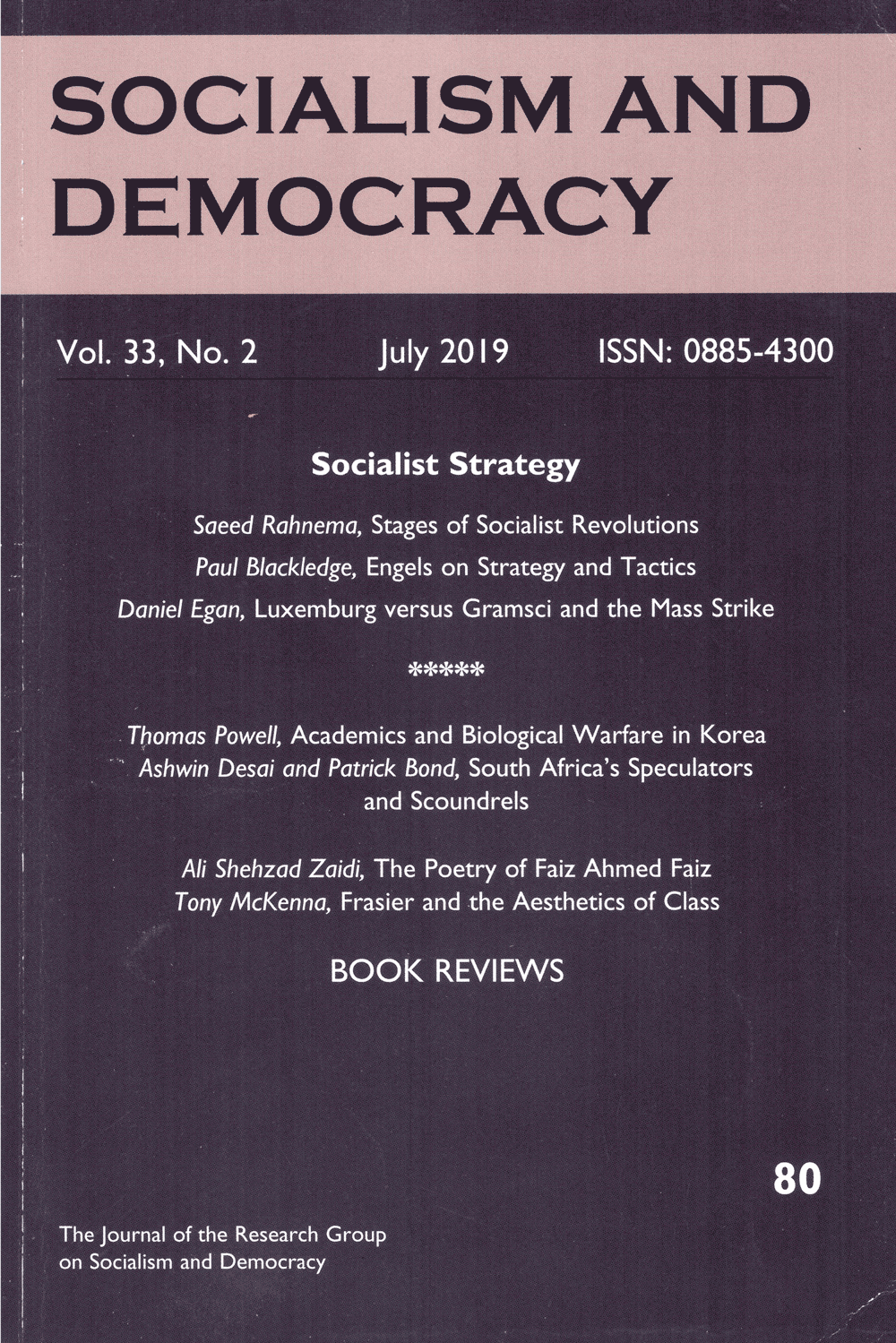Augustine Comotto, Prisoner 155: Simon Radowitzky. Introduction by Stuart Christie. Translated by Luigi Celentano (Chico: AK Press, 2018), 272 pp., 8x11” color. $26.
This is an extraordinary creation in every respect and it should earn a spot as a classic within anarchist literature, whose canon has produced a handful of anthologies (notably the 1980s series, Anarchy Comix) but few full-scale graphic novels up to now. The acute characterization of anarchist Simon Radowitzky over decades of his life, the shift back and forth from grey-and-black to color tints, the afterword biographies of key figures, among other features, make this oversized volume stunning visually, while illuminating unknown or at least unwritten corners of the anarchist twentieth century.
The protagonist of the piece is a self-sacrificing idealist whose internationalism is so deep that he hardly differentiates, in his life’s efforts, his native Ukraine from Argentina, Spain, and finally Mexico. He protests, he urges revolutionary action, he is captured, tortured, threatened with execution, and in the end released from a terrible imprisonment. He endures, somehow, and prepares himself for the next test of his revolutionary resolve.
The narrative prepared here by the artist is essentially drawn from a famed autobiographical narrative, Augustin Souchy’s memoir, Una vida por un ideal, articulating for Radowitzky what the perpetual prisoner would perhaps be too modest to say. But Comotto also speaks for himself, in his distinctive art. Son of an exiled leftwing lawyer, he obviously threw himself headlong into research far beyond Souchy’s work, arriving in the end at an Argentinian four-star hotel on the site of the notorious prison in Tierra del Fuego where Radowitzky had been held. Visitors here, says Stuart Christie in the book’s introduction, can even dress as prisoners of the bygone era—for a fee.
The long, thin face of Radowitzky haunts many pages of book. After a healthy-looking childhood, in a village of Jews persecuted by the Cossacks, our protagonist returns home to find everything and nearly everybody destroyed, murdered, burned. He survives to be sent off to a locksmith for his trade, and there he happens across his first radical literature. Here, thanks to the pages of Kropotkin, he begins to convince himself that the world can be changed. A fellow teen, a girl, teaches him about other revolutionary writers and the underground movement, and about the world of Russian literature beyond. He loves her passionately and they even kiss. But tragedy after tragedy lies ahead.
After being beaten and nearly killed by the Cossacks, he manages to make his way to the seemingly unlikely site of Argentina. Again, Radowitzky is the anarchist rebel who will not be halted in his agitations. This time he finds himself in distant Tierra del Fuego. Pardoned, years after being saved from a firing squad, he moved to Uruguay, then on to Spain and the Civil War emerging. Naturally, he joined the syndicalist militia, and this time, with Franco’s victory, he got away to France and shifted his activities to Mexico. He was an activist anarchist as late as the 1950s, that is, nearly until the end of his life.
“Those who persist end up in the hands of a terrorist state,” wrote one of his admirers in a Parisian anarchist magazine, a few years before Comotto’s death. The same writer also said, a few sentences earlier, that Radowitzyky’s type are likely to “sacrifice themselves without expecting help” from mostly passive masses to whom they devote their life’s energies and blood.
Such statements may easily do more to confuse than assist. They are more often devoted to the creation of myth than to an effective understanding of the figure at hand. But here, in Prisoner 155, they gain a certain credibility, perhaps because the art itself tends heavily toward the mythic.
Stuart Christie prefers to place Prisoner 155 in the company of Spiegelman’s Maus or Sartropi’s Persopolis, and he has every right to do so: these totemic visual texts have found audiences around the world. The suffering of an anarchist, however, is not likely to gain the audiences of Jews martyred by the millions, or even of Iranian young people victimized by the hated tyranny of the Ayatollahs. Besides, those twin classics have a way of moving far beyond realism.
Prisoner 155 might be compared more successfully to the little known Paracuellos, the graphic art story of Spain’s orphans from the Civil War, handed over to the fascist government. Written and drawn by Carlos Giménez, himself one of the victims, it was published in France in several volumes from the middle 1970s to the new century, and gathered into a translated single volume only in 2016 (IDW/Euro Comics). The child protagonists are actually depicted with humor. But as with the artist, who himself was one of those orphans, the main theme is almost endless suffering at the hands of the authorities. Is there to be a new graphic novel art of such suffering? Probably.
Paul Buhle
Madison, Wisconsin
paul_buhle@brown.edu

